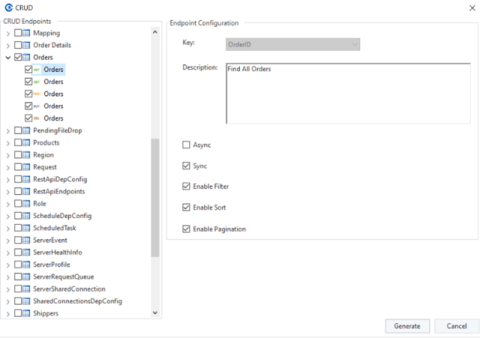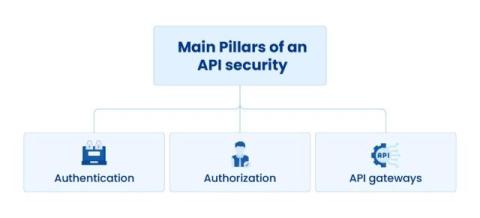Comparing Snowflake vs. SQL Server: Which Data Warehouse Fits Your Needs
Data’s rising importance for businesses has also increased the necessity of tools and technologies to manage it efficiently. A data warehouse is a reliable solution as it effectively stores your data and keeps it ready for analysis. Understanding Snowflake and SQL Server’s pros and cons can help you choose the right solution for your data warehousing requirements.










